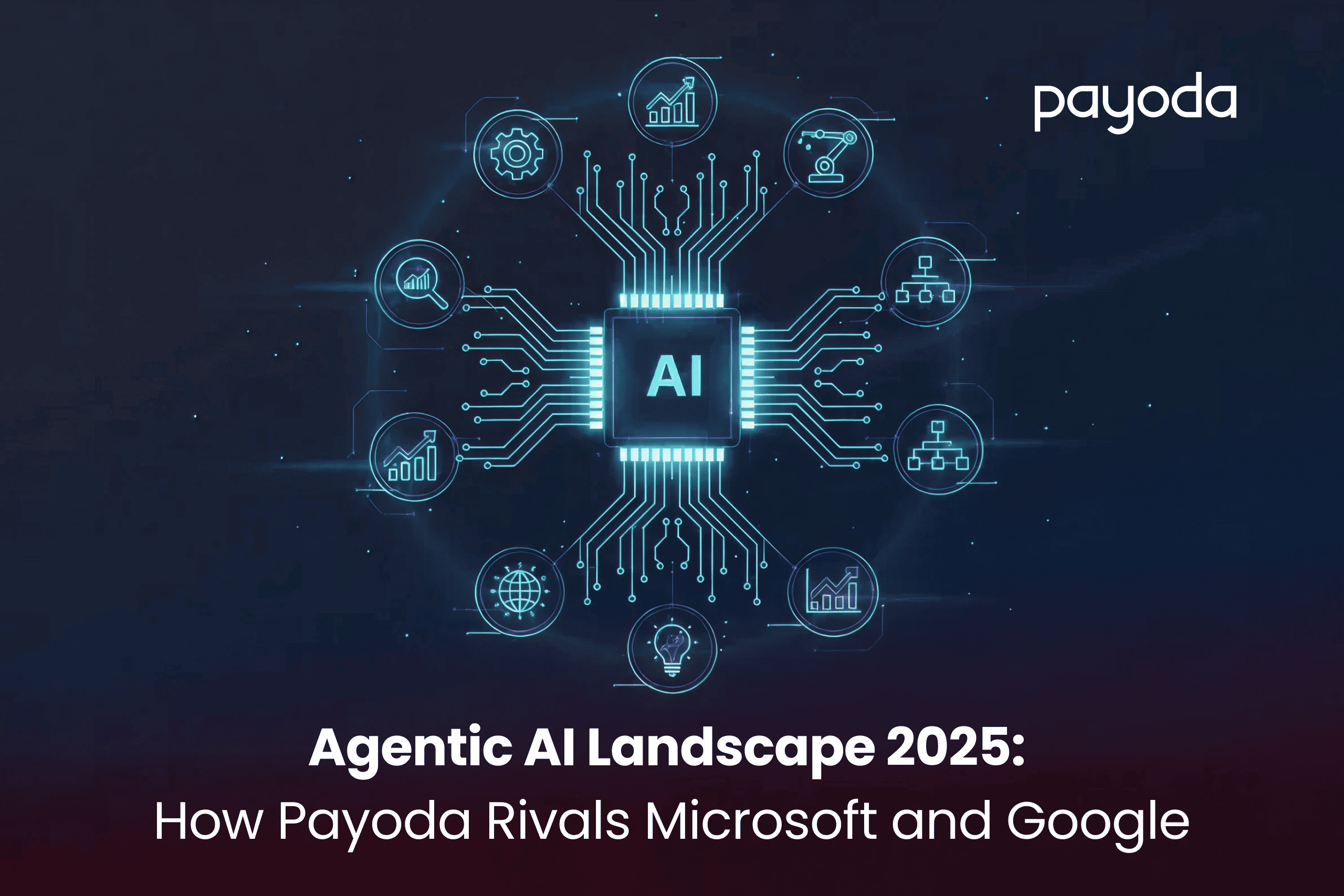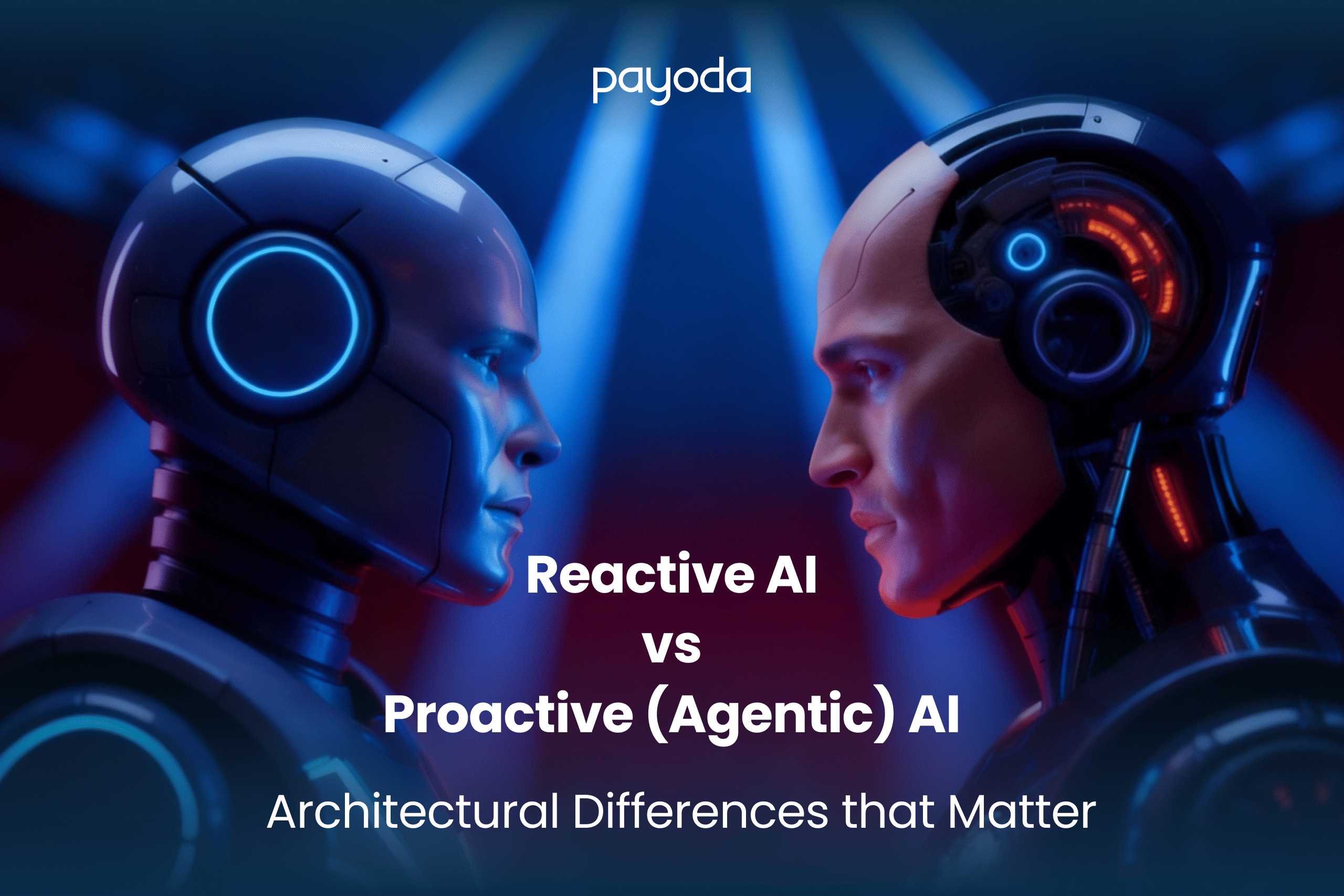How Payoda’s Ethical AI Stands Apart from Global Tech Leaders
Introduction: Artificial Intelligence is no longer an experimental edge. It has become the backbone of modern industry operations. However, with its rapid adoption, there’s also a growing concern that is unavoidable. Can we trust the AI systems to make decisions on behalf of companies, their customers, and entire ecosystems? As AI becomes more involved with…
Read morePOSTED BY
Priyadharshini
Leveraging AI in Bug Triage and Root Cause Analysis
Introduction: If you’re a tester, you know the routine: a new build goes live and the bug reports aren’t far behind. Some are duplicates, others are so unclear they’re tough to even reproduce, and a few are critical enough to break production. Sorting through all of that to decide what’s urgent and who should take…
Read morePOSTED BY
Priyadharshini
Will AI Replace UI Designers? Or Make Them Super Designers?
Introduction: AI’s not some far-off thing anymore. It’s a real, helpful teammate for making cool stuff. In design, it’s shaking things up, helping with ideas, trying out designs, and getting digital stuff out there. Programs like Figma AI, Adobe Firefly, Galileo AI, and Uizard can now whip up layouts, color combos, and screens that work…
Read morePOSTED BY
Priyadharshini
Agentic AI Landscape 2025: How Payoda Rivals Microsoft and Google
Introduction: As enterprises move toward deeper automation and autonomy, Agentic AI has become the defining force in the 2025 technology landscape. Businesses now expect AI agents to analyze, reason, plan, and execute, as they are no longer limited to predictive models or static workflows. This shift has pushed industry giants like Microsoft agentic AI and…
Read morePOSTED BY
Priyadharshini
Reactive AI vs Proactive (Agentic) AI: Architectural Differences that Matter
Introduction: Artificial intelligence has been developing quickly, but still a lot of systems function reactively and can only respond to a situation once it has occurred. This reactive AI usage has a major drawback, as it only takes the present into account and nothing else. Moreover, it is not able to predict the future and…
Read morePOSTED BY
Priyadharshini
Integrating AI into CI/CD Pipelines
Introduction: Everyone in software talks about CI/CD these days. Continuous integration and continuous delivery merge code often, run some tests, and ship updates quickly. Sounds simple, right? In reality, it’s a headache. Builds blow up for reasons you can’t predict, half the tests are flaky, pipelines take forever, and when something goes wrong in deployment,…
Read morePOSTED BY
Priyadharshini
The Role of Quantum Computing in Cybersecurity: Hype or Reality
Introduction: Cybersecurity is built on an insecure foundation; the assumption is that certain mathematical problems are so hard that no computer can resolve them in a reasonable time. For decades, this assumption has kept online banking, private communications, e-commerce, and government systems secure. But the emergence of quantum computing challenges this very foundation. Quantum computers,…
Read morePOSTED BY
Priyadharshini
Autonomous Multi-Agent Systems vs Single Intelligent Agents – What’s More Scalable?
Introduction: Artificial Intelligence has reached a point where scalability defines competitive advantage. From self-driving cars to enterprise automation, there is an ever-growing need for intelligent systems that can learn, adapt, and execute autonomously. Traditionally, single-agent AI systems formed the basis of this evolution. These are independent entities capable of executing specified tasks using programmed intelligence.…
Read morePOSTED BY
Priyadharshini
Recent Advances in Computer Vision and their Business Applications
Introduction: Not long ago, the idea of computers recognizing people, objects, or entire environments seemed futuristic—something you’d expect in sci-fi movies rather than boardrooms or factory floors. Yet today, computer vision has slipped into our everyday lives almost unnoticed. From unlocking smartphones with a glance to self-checkout systems that let shoppers walk out of a…
Read morePOSTED BY
Priyadharshini
Top Ways Payoda’s AI Prevents Security Risks
Introduction: In the current day of a super-connected digital economy, cyber threats are developing faster than the suppliers can react most times. Sophisticated ransomware campaigns, insider data leaks, and AI-generated phishing attacks have all contributed to the complexity and unpredictability of the threat landscape, which is now more intelligent than ever. As per the 2024…
Read morePOSTED BY
















